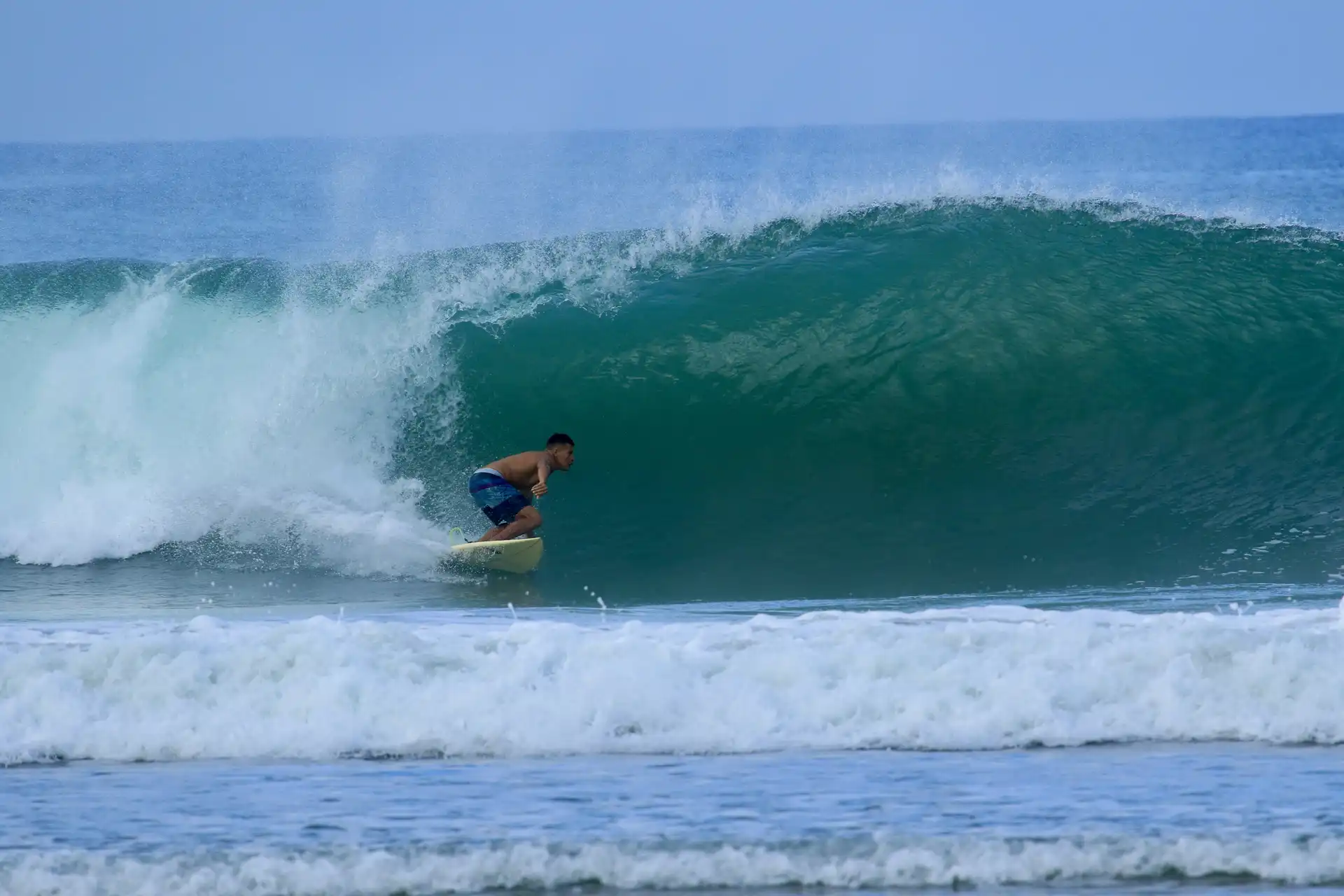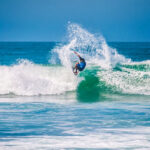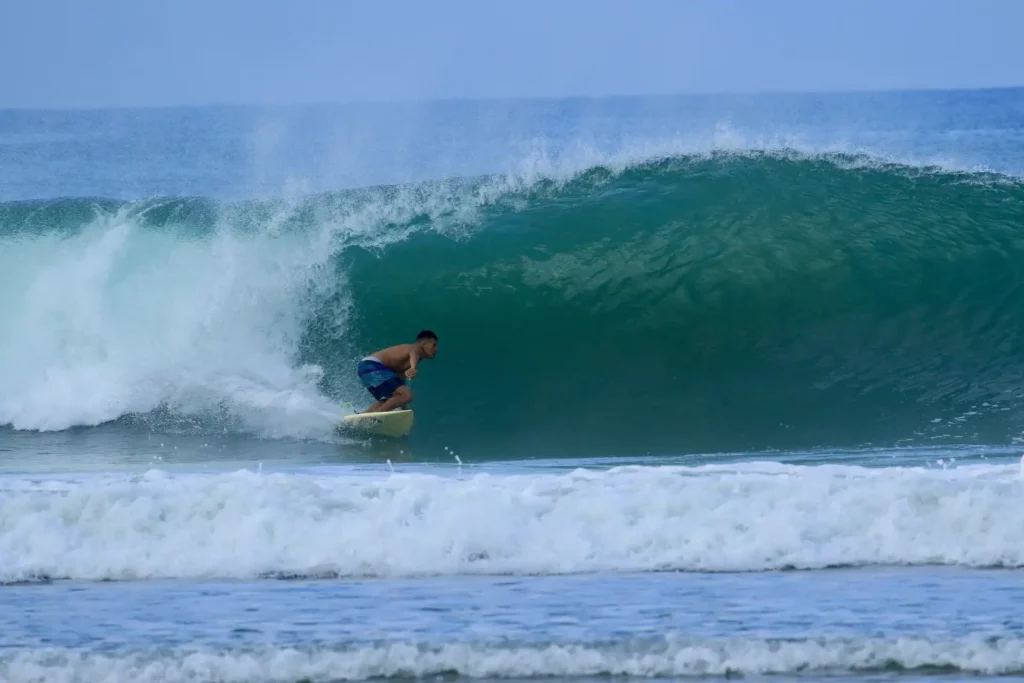
If you’re reading this, you likely have never surfed before, but something about wave riding has piqued your interest just enough to do a bit of research. If learning to surf is on your bucket list, but you have no idea where to begin, you’ve come to the right place. Safari Surf School has been in the business of teaching surfing for nearly three decades. Our surf school doesn’t just cater to tourists on the beach looking for a photo op. We create lifelong surfers who develop a deep passion for wave riding and continue to progress along their surfing journey long after they depart. If you have a passion for the ocean and are ready to begin your surfing journey, continue reading below for Safari Surf Presents Wave Riding 101: A Beginners Guide to Learning to Surf.
What is Surfing?
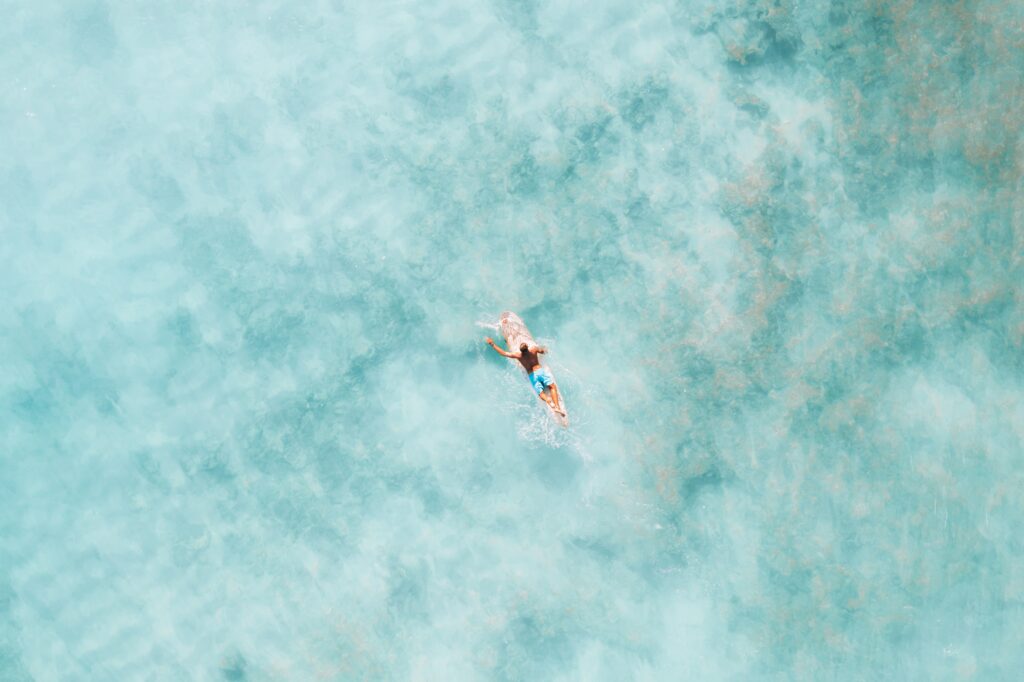
Surfing is the act of riding breaking waves using a specifically designed board in the ocean or other large bodies of water. Unlike other popular forms of wave riding, surfing involves standing while riding along the face of the wave. Surfers paddle into waves in a prone position and pop up to their feet as the wave catches them. No matter how progressive surfing becomes, the majority of surf maneuvers are designed to keep the surfer in the pocket of the waves, right in front of the breaking white water moving laterally along the wave’s face.
Learning to Surf (the Right Way)
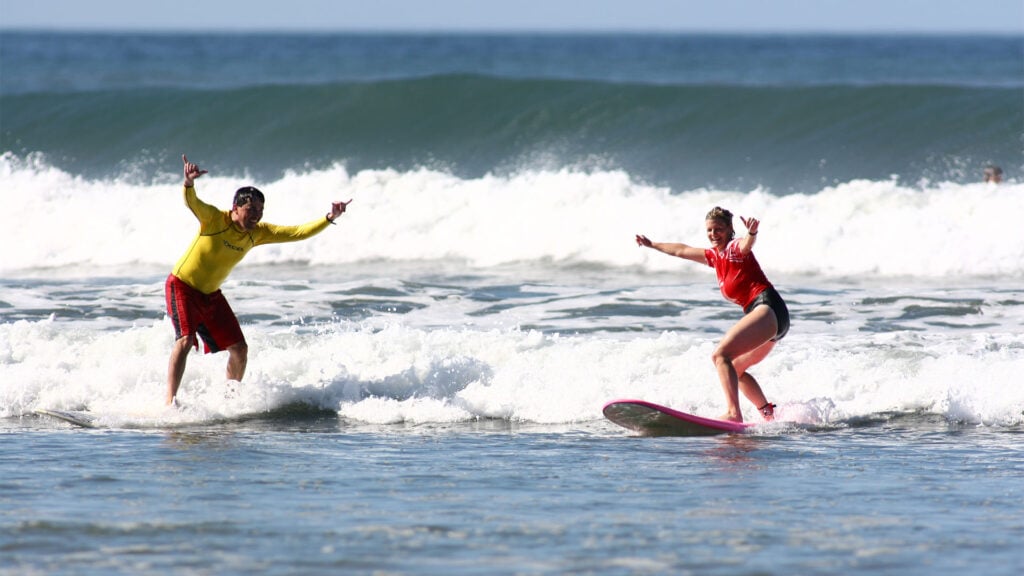
Every day, hundreds (if not thousands) of new surfers paddle out to lineups all over the planet. Surfers who have never ridden waves before, taken a lesson or been schooled in proper surf etiquette all too often find themselves surfing amongst experienced surfers at advanced waves. To the outsider, surfing may seem insular or even exclusionary, thanks to concepts like localism. These concepts, however, exist to keep surfers safe. If you’re learning to surf, follow these simple steps to ensure you’re learning to surf the right way.
- Surf at the Right Wave for Your Skill Level
Too often new surfers paddle out to waves that are well out of their league and endanger themselves and those around you. Avoid this situation by paddling out to a mellow beginner wave. A beginner wave should have a gentle slope, break in a protected cove or beach with relatively small surf, and be far removed from advanced surfers.
2. Use the Right Equipment
New surfers should paddle out on soft top boards that allow them to learn to surf safely. Using a foam board, rather than a traditional fiberglass board, will allow the surfer to surf carefree without worrying about injuring themselves or anyone else when they fall.
3. Take a Lesson
Learning to surf can be a long and difficult process, especially without proper instruction. Taking a surf lesson with a qualified surf instructor will not only keep you safe during your first session, but it will also give you the skills and knowledge you need to progress as a surfer.
4. Learn Surf Etiquette
Surf Etiquette is critical and universal to all lineups. From Indonesia to California, surf etiquette is the same. Learning proper surf etiquette will allow you to seamlessly enter any surf lineup that’s suited to your skill level.
Finding the Right Surf School
Not all surf schools are created equal. The Ideal surf school should take you to a perfect beginner wave, have ISA-accredited surf instructors, and, above all else, have a deep passion for surfing. If you’re serious about learning to surf, why not immerse yourself in it with a surf trip? Surf trips allow you to go all in on surfing for the duration of your trip with a visit to Safari Surf in Costa Rica, Panama, or Ecuador. During your stay, you’ll travel to an exotic location with warm water and surf perfect waves for a week or more under the guidance of the best surf instructors in the business.
Kickstart your surfing journey with a stay at Safari Surf. To find out more about our surf school and what it takes to learn to surf, head to our website. Stay tuned to the Safari Surf blog for more surf tips, travel news, and all things Costa Rica.


